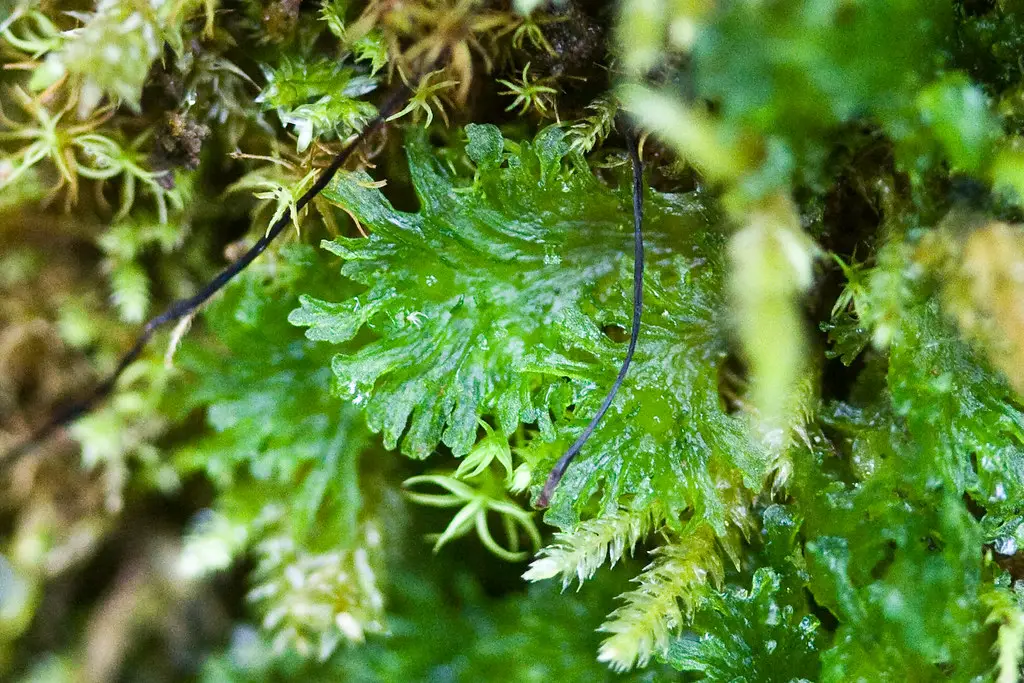Hornwort, a unique and fascinating aquatic plant, is a popular choice among aquarium enthusiasts. With its feathery, bright green appearance, it adds a refreshing touch to any freshwater environment. Unlike many aquatic plants, hornwort does not have true roots, but rather, it absorbs nutrients directly through its stems.
One of the outstanding characteristics of hornwort is its adaptability. It can thrive in a variety of water conditions, from stagnant ponds to flowing rivers. This resilience has allowed hornwort to become widespread across the globe. In addition to its ornamental value, hornwort also serves as a natural water purifier, as it can absorb excess nutrients and inhibit the growth of algae.
Though hornwort’s care is generally considered beginner-friendly, understanding its specific needs and potential problems is essential for successful cultivation. With proper attention to light, water quality, and other factors, hornwort can become a thriving, beautiful addition to aquariums, ponds, or water gardens.
| Attribute | Details |
|---|---|
| Common Names | Hornwort, Coontail |
| Botanical Name | Ceratophyllum demersum |
| Family | Ceratophyllaceae |
| Plant Type | Aquatic plant |
| Mature Size | Up to 10 feet (3 meters) |
| Sun Exposure | Moderate to bright light |
| Soil Type | Not applicable (aquatic) |
| Hardiness Zones | 4-10 |
| Native Area | Worldwide, except Antarctica |
Hornwort Care
Caring for hornwort is relatively simple, making it suitable for both novice and experienced aquarium enthusiasts. Though it can adapt to various light and water conditions, hornwort thrives best with moderate to bright light and water temperatures between 59 to 86°F (15 to 30°C).
Floating freely or anchored in the substrate, hornwort can grow quite rapidly, especially when provided with ample light. Regular pruning may be necessary to maintain its size and appearance. Additionally, monitoring the water quality and addressing any potential issues promptly will ensure a healthy and vibrant hornwort.
Light Requirement for Hornwort
Hornwort thrives under moderate to bright light. While it can survive in lower light conditions, growth may be stunted. Properly balanced lighting will promote robust growth and maintain the plant’s bright green coloration.
Soil Requirements for Hornwort
Unlike most plants, hornwort does not require soil, as it doesn’t possess true roots. It can either float freely or be anchored in an aquarium’s substrate.
Water Requirements for Hornwort
As an aquatic plant, hornwort’s water requirements are central to its care. Ideal water conditions include a pH range of 6.0 to 7.5 and moderate hardness. Regular water testing to maintain these parameters is recommended.
Temperature and Humidity
Hornwort is quite adaptable to various temperature ranges, thriving between 59 to 86°F (15 to 30°C). It doesn’t have specific humidity requirements, as it is fully submerged in water.
Fertilizer
While hornwort can grow without additional fertilization, a controlled dose of aquarium-safe liquid fertilizer can promote faster growth and richer coloration. Care must be taken not to over-fertilize, as this may lead to undesirable algae growth.
Pruning Hornwort
Regular pruning may be necessary to control hornwort’s growth, especially in smaller aquariums. Cutting back the stems will keep the plant manageable and encourage bushier growth.
Propagating Hornwort
Hornwort can be easily propagated by cutting off a section of the stem and allowing it to float freely or anchoring it in the substrate. It’s a fast grower, so propagation is generally quite successful.
How To Grow Hornwort From Seed
Growing hornwort from seed is uncommon, as the plant naturally propagates through stem cuttings.
Common Pests & Plant Diseases
Algae Growth
Over-fertilization or excessive light can lead to algae growth on hornwort. Monitoring and balancing nutrients and light can prevent this issue.
Common Problems With Hornwort
Melting or Browning
This can be a sign of poor water quality or inadequate light. Regular water testing and proper lighting adjustments can resolve these issues.
Pro Tips
- Be mindful of hornwort’s rapid growth, as it may need frequent pruning.
- Floating hornwort can provide shelter and spawning grounds for fish.
- Anchor hornwort in the substrate if a more structured look is desired.
- Avoid over-fertilization to prevent algae growth.




